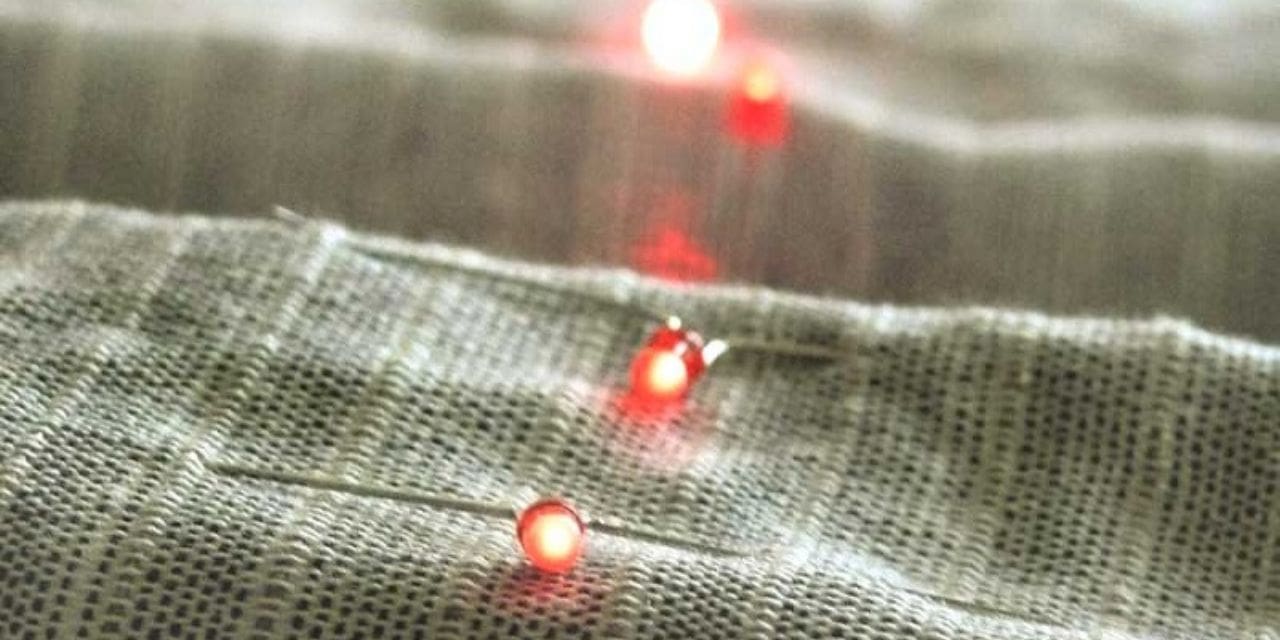Textile materials are used in our daily lives. In one case, they are used to protect the human body from heat or cold. On the other hand, it is used in covering floor surfaces or car seat decorations. The main aim of promoting these electronic devices will be to improve the user interface. Dressed electronic devices can provide better interfaces and make it easier for users to accept electronic devices in their daily lives. It is impossible to imagine that conductive textiles can help to change posture. Moreover, it is also known to help robots to function better in high-temperature environments, so it offers the benefit of quiet giant listening. When textile materials are combined with electronic sensors and drivers, they can be applied to a variety of applications. It can essentially be used as a form of protection against electric shocks. Recent developments in the area of smart textiles have been reviewed, with emphasis on materials and manufacturing processes. The focus is on striking a balance between flexibility, human engineering, low power consumption, integration and eventual autonomy. As a result of these advantages, we can expect a sharp increase in the Conductive Textile Market in the coming years.
What is “conductive textile” and why is it trending?
Exported textiles are the textile structures that can be supplied with electricity. It can be created by conductive fibres or by embedding the conductive layer in non-conductive textiles. The transmission structure can be electrically produced, made of metal beams, and woven in the fabric’s structure. It is possible to suppress static electricity generated by fabrics in order to avoid unpleasant emotions and electroshocks. The technology textile sector is a new era textile sector, whose efficiency will be enhanced by its application in several economic sectors, such as infrastructure, water, sanitation and hygiene, defence, security, automobiles and aviation.
The following methods of conductive textile production are outlined below:
- Includes all forms of carbon or metals, such as wires, fibres or particles.
- Use natural-guided polymers.
- A coating with lead material.
The following are four categories of “conductive textiles”:
- Anti-static textiles
Accumulation of surface charge of the static finger object. This may lead to a range of problems, such as textile materials, manufacturing and product handling. Fibres and fabrics during the dry textile process can generate static charge as a result of friction. Textiles have two ways of preventing static electricity. The first is the formation of a controlled surface and the second is the formation of a fluid biological surface. In this way, static textiles are created to avoid possible hazards from static electricity.
2.E-textiles:
Electronic conductive fibres and yarns have attracted great interest because of their salient characteristics, including reasonable conductivity, flexibility, static discharge and protection against electromagnetic interference. As a result, there is an increasing demand for conductive fibres and yarns. The development of new conductive fibres has become critical with improvements in wearable electronic technologies, such as wearable monitors, solar cells, animation machines, data management devices and biomedical sensors.
- Functional coating:
In many applications, functional coatings are material interfaces and surfaces with beneficial functions that are superior to their intrinsic mass characteristics. As a result, coatings are a variety of ways to change textiles with conductive properties.
- EM shield:
Electromagnetic shielding is a process that limits the spread of the electromagnetic field into space. In the process, electrical or magnetic conductors are used. Protection is a common technique for protecting electrical equipment and humans from radiation electromagnetic fields.
The main areas of application of the textile industry are:
- Military and defence
- Healthcare
- Electronic consumer appliances
- Physical education and fitness
- Smart costume.
- Transmission of electronic signals
- Heating
- Protection against electromagnetic interference and static discharges
According to the Ministry of Textiles, it is estimated that within five years, the Production Linked Incentive programme will result in new investments above Rs. 19,000, under which a cumulative turnover of Rs. 30,000 or more will be achieved and more jobs will be created. This new age of textile will provide a great opportunity of employment and support livelihood activities.
Growing Need for Conductive Textiles.
Over the past decade, the programme has become popular. Its ability to protect us and to be the best armor has proved its value globally. There is still a long way to go from avoiding fatal accidents to becoming a great partner of other electric textile operators. Since 2015, this intelligent textile creation has played an important role in this rapidly growing conductive Textiles Markets. Therefore, more and more research should be done on the development of pilot and smart textile products. We can therefore look forward to an increase in interest in the textile industry in the near future.

